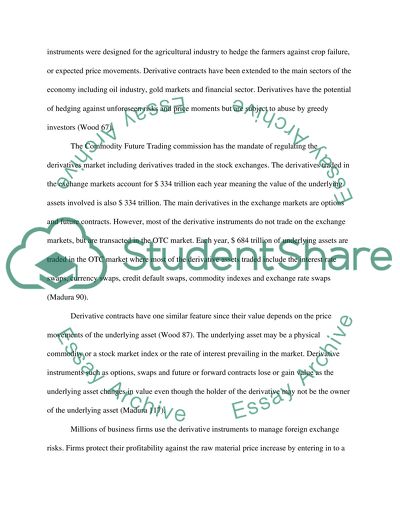Cite this document
(“Should the government intervene in the OTC markets, pros and cons and Research Paper”, n.d.)
Retrieved from https://studentshare.org/history/1396714-should-the-government-intervene-in-the-otc-markets-pros-and-cons-and-us-versus-canada
Retrieved from https://studentshare.org/history/1396714-should-the-government-intervene-in-the-otc-markets-pros-and-cons-and-us-versus-canada
(Should the Government Intervene in the OTC Markets, Pros and Cons and Research Paper)
https://studentshare.org/history/1396714-should-the-government-intervene-in-the-otc-markets-pros-and-cons-and-us-versus-canada.
https://studentshare.org/history/1396714-should-the-government-intervene-in-the-otc-markets-pros-and-cons-and-us-versus-canada.
“Should the Government Intervene in the OTC Markets, Pros and Cons and Research Paper”, n.d. https://studentshare.org/history/1396714-should-the-government-intervene-in-the-otc-markets-pros-and-cons-and-us-versus-canada.


